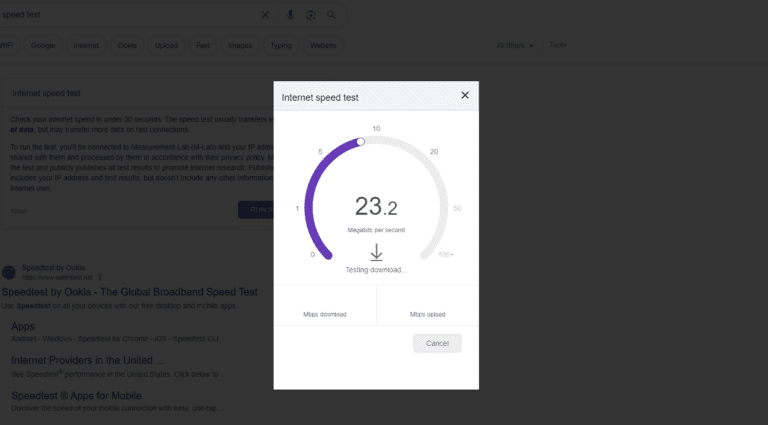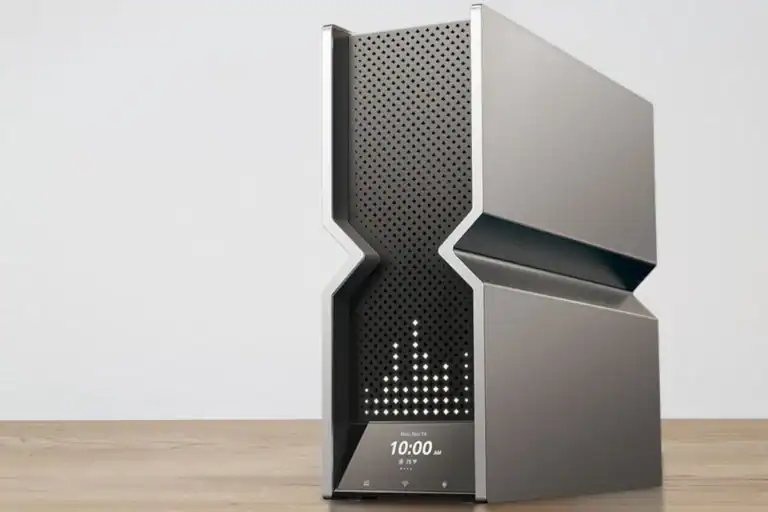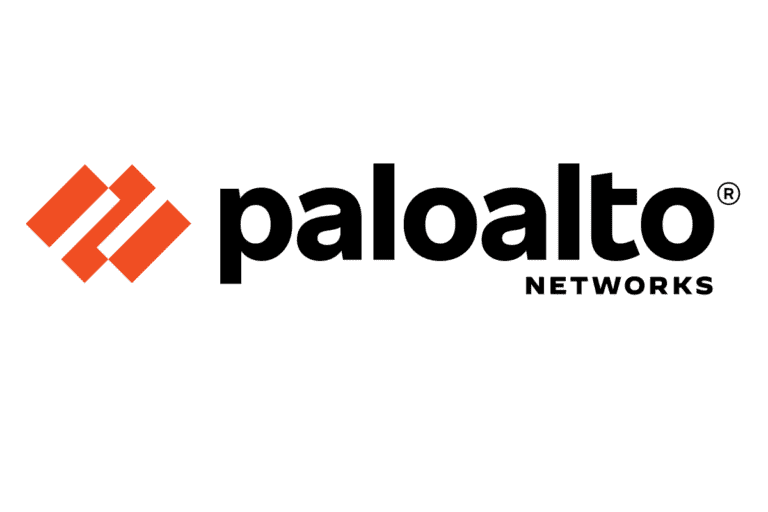Cat7 cable, short for Category 7 cable, represents a type of Ethernet cable that stands out for its high speed and shielding capabilities. Capable of supporting transmission rates up to 10 Gigabits per second over 100 meters of copper cabling, Cat7 cables ensure superior performance for various network needs. These cables feature four individually shielded twisted copper pairs, along with an overall shielding, reducing signal loss and protecting against external interferences.
Introduced in 2002 and defined by ISO/IEC 11801, Cat7 cables are sometimes referred to as ISO Class F cables. They do not use the traditional RJ-45 connectors but instead rely on GG45 connectors, which are proprietary. This feature often limits compatibility with general networking equipment.
While Cat7 offers high performance, for most practical purposes, Cat6A cables present a comparable yet more accessible option. Cat6A and Cat7 cables both support speeds up to 10 Gigabits per second, making the latter’s primary advantage its enhanced shielding against signal interference.
Key Features of Cat7
Cat7 (Category 7) is a networking cable standard designed to support high-speed Ethernet connections. It was introduced as an upgrade over Cat6 and Cat6a, mainly for data centers and enterprise networks, but it’s sometimes used in high-end home setups.
- Speed Support: Up to 10 Gbps Ethernet.
- Bandwidth: Up to 600 MHz (higher than Cat6a’s 500 MHz).
- Shielding: Always shielded twisted pair (STP) — each wire pair has shielding, plus an overall cable shield. This reduces interference and crosstalk.
- Connector Type: Typically uses GG45 or TERA connectors, but most Cat7 cables sold today use RJ45 for compatibility.
- Cable Length: Maximum recommended length is 100 meters (328 ft) for 10 Gbps.
📊 Cat7 vs. Other Ethernet Cables
| Category | Max Speed | Bandwidth | Shielding | Common Use |
|---|---|---|---|---|
| Cat5e | 1 Gbps | 100 MHz | Unshielded/Shielded | Home/office |
| Cat6 | 1–10 Gbps (up to 55m) | 250 MHz | UTP/STP | Small business |
| Cat6a | 10 Gbps (up to 100m) | 500 MHz | UTP/STP | Enterprise/home |
| Cat7 | 10 Gbps (up to 100m) | 600 MHz | Shielded only | Data centers |
| Cat8 | 25–40 Gbps (up to 30m) | 2000 MHz | Shielded only | Servers/data centers |
⚖️ Pros & Cons of Cat7
✅ Pros:
- Higher bandwidth than Cat6a.
- Excellent shielding (less interference).
- Durable and future-proof for 10 Gbps networks.
❌ Cons:
- More expensive than Cat6a.
- Overkill for most home users.
- Not officially recognized by TIA/EIA (the main U.S. cabling standard body).
- Cat8 has largely replaced Cat7 for new high-speed installations.
🏠 Should You Use Cat7 at Home?
- If you want 10 Gbps networking and heavy shielding, Cat7 works.
- But for most people, Cat6a is cheaper and fully supports 10 Gbps up to 100m.
- If you’re future-proofing for 25–40 Gbps, skip Cat7 and go straight to Cat8 (though length is limited to 30m).
📌 Bottom Line
Cat7 is a high-performance Ethernet cable designed for professional environments where interference is a concern. While it offers excellent shielding and supports 10 Gbps speeds, Cat6a is usually the smarter choice for homes, and Cat8 is better for next-gen networks.
Key Takeaways
- Cat7 cables support speeds up to 10 Gigabits per second.
- These cables feature advanced shielding to reduce signal loss.
- Cat6A offers similar performance but with broader compatibility.
Understanding Category 7 Cables
Category 7 cables provide high-speed data transmission and better shielding against interference. They are designed for commercial, residential, and industrial use, supporting speeds up to 10Gbps.
Technical Specifications
Category 7 (Cat7) cables adhere to the ISO/IEC 11801:2002 Class F standard. These cables support frequencies up to 600MHz. They offer robust data transmission rates of up to 10Gbps, making them suitable for high-performance applications. Compared to Cat5, Cat5e, and Cat6 cables, Cat7 features enhanced shielding to minimize crosstalk and electromagnetic interference (EMI). This results in more reliable and stable connections, especially in environments with high interference.
Design and Construction
Cat7 cables use Shielded Twisted Pair (S/FTP) construction. Each pair of wires has individual shielding, usually a foil shield, and an overall braid shield. This design helps in reducing interference from external sources and limits crosstalk between pairs. Cat7 cables use the GG45 connector instead of the traditional RJ-45 Ethernet header, which is proprietary. These design choices ensure better performance in demanding network environments.
Compatibility and Uses
Cat7 Ethernet cables are backward compatible with Cat5, Cat5e, and Cat6 cables. This makes them versatile for upgrading existing networks without replacing all components. They are often used in data centers, commercial networks, and environments requiring high data rates and minimal interference. While suitable for home use, their high cost and complexity often make Cat6a a more practical choice. Nevertheless, for future-proofing large, high-speed networks, Cat7 remains a strong candidate.
Frequently Asked Questions
Cat7 Ethernet cables offer high-performance networking capabilities. They support fast data transfer speeds and offer better shielding to reduce outside interference.
What are the notable differences between Cat7 and Cat6 cabling?
Cat6 cables support speeds up to 10Gbps with a bandwidth of 250MHz. Cat7 cables also support up to 10Gbps but offer higher frequencies up to 600MHz and improved shielding. This makes Cat7 better for data-intensive tasks and environments with heavy interference.
How does Cat7 compare to Cat8 in terms of performance and usage?
Cat7 and Cat8 cables both support high-speed data transfers. Cat8 offers speeds up to 40Gbps and a bandwidth of 2000MHz, which is higher than Cat7. Cat8 is more suitable for data centers and high-performance networks while Cat7 is good for home and office use.
What are the specifications that distinguish Cat 7 cables?
Cat7 cables provide shielding for each wire pair and the overall cable, reducing crosstalk and interference. They support speeds up to 10Gbps and frequencies up to 600MHz. They also use a GG45 connector, which supports both traditional RJ-45 and new high-speed connections.
How do the costs of Cat 7 cables compare to other categories of Ethernet cables?
Cat7 cables are more expensive than Cat6 and Cat5e cables due to their advanced specifications and shielding. However, they can be cheaper than Cat8 cables, making them a mid-range option in terms of cost and performance.
What are the benefits and drawbacks of opting for Cat7 over Cat6a?
Cat7 offers better shielding and higher frequency support than Cat6a, which enhances performance in noisy environments. However, it uses a different connector (GG45) and can be more expensive. This might not be necessary for standard home or office use.
What advancements does Cat7 offer over traditional Cat5 cabling?
Cat7 cables offer much higher speeds and bandwidth compared to Cat5, making them suitable for more demanding applications. They also have better shielding, which helps in reducing interference, making them more reliable in environments where signal quality is critical.






